The pervasive spread of microplastics across the globe is both shocking and deeply concerning, affecting ecosystems and human health alike. These tiny particles, less than five millimetres in size, have made their way into some of the most unexpected and remote locations on Earth. Here’s a look at 17 surprising places where scientists are finding microplastics, revealing the extensive reach of this environmental issue.
1. Antarctic Sea Ice

Researchers have discovered microplastics embedded in the sea ice of Antarctica, indicating that even the most remote and pristine waters of the Earth are not immune to pollution.
2. The Mariana Trench
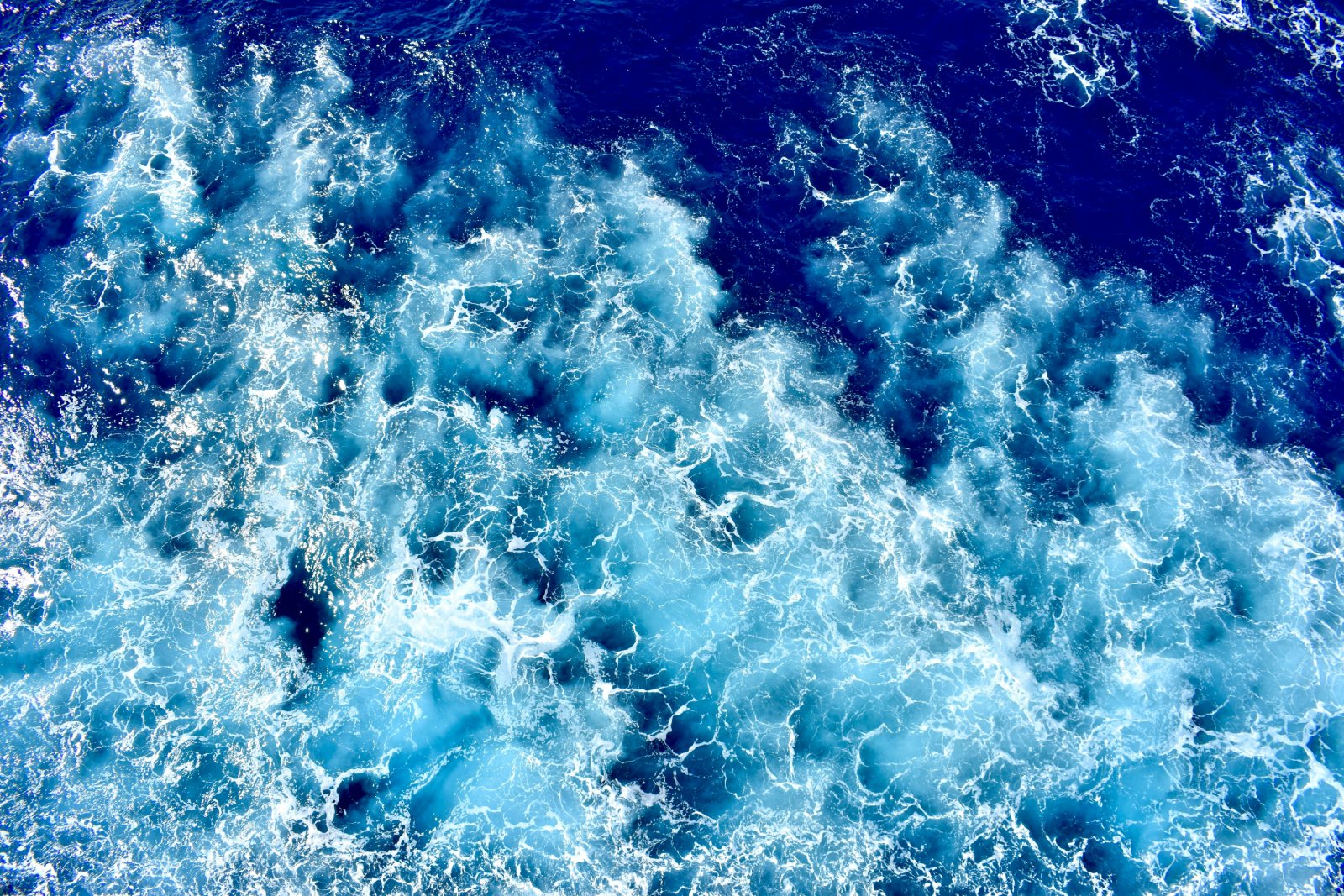
Microplastics have been found at the deepest point of the world’s oceans, the Mariana Trench, showing that these particles can migrate to incredible depths.
3. Mount Everest

Recent studies have found microplastics near the summit of Mount Everest, likely brought by the equipment and clothing of climbers, which sheds fibres.
4. Cosmetics

Many cosmetic products, especially those that include “exfoliating” particles, have traditionally used microplastics, contributing to water contamination.
5. Arctic Snow

Microplastics have been identified in Arctic snow, suggesting that they can travel vast distances through atmospheric transport.
6. Tap and Bottled Water Worldwide
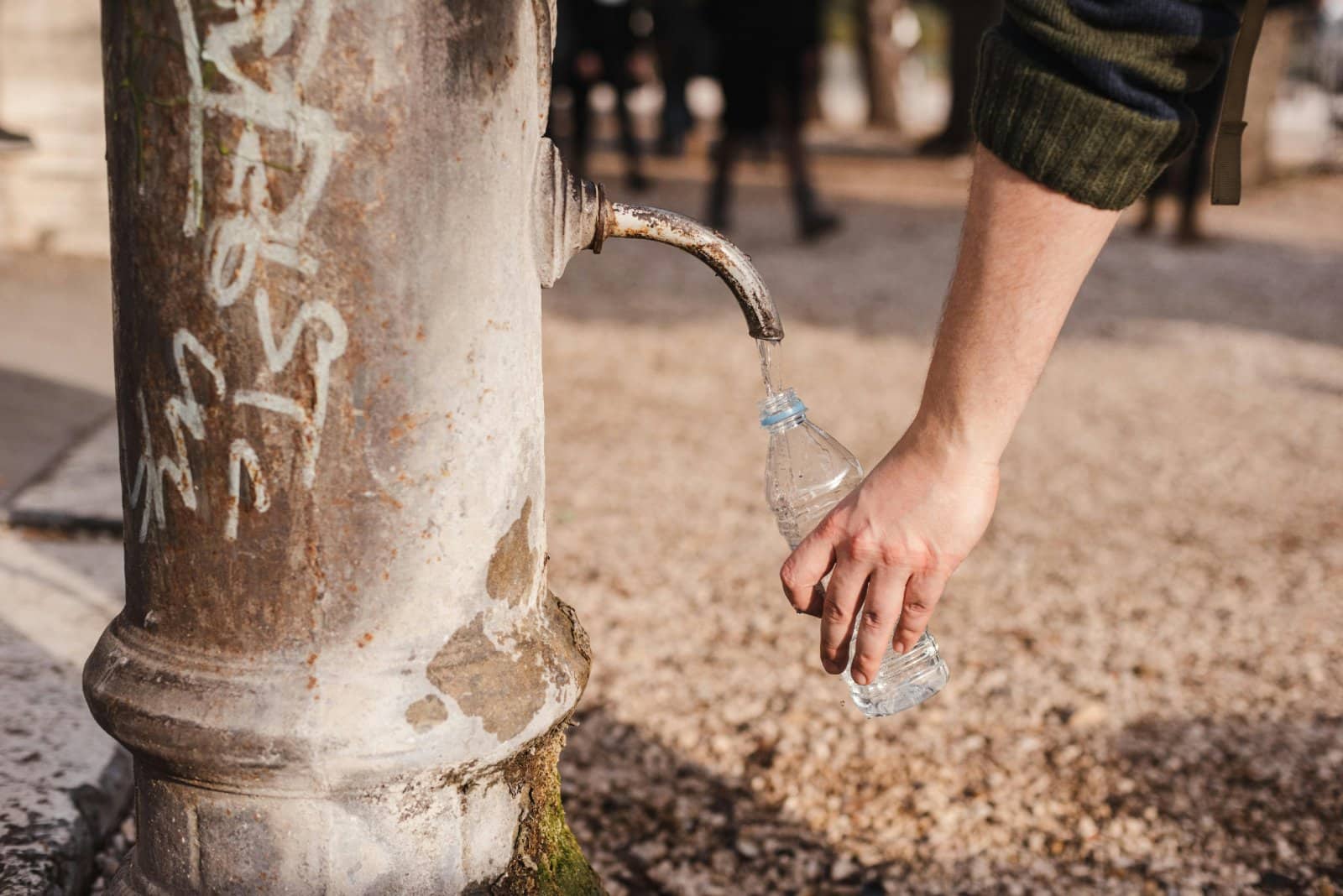
Microplastics are so widespread that they’re now routinely found in tap water and bottled water across the globe, raising concerns about daily ingestion.
7. Beer
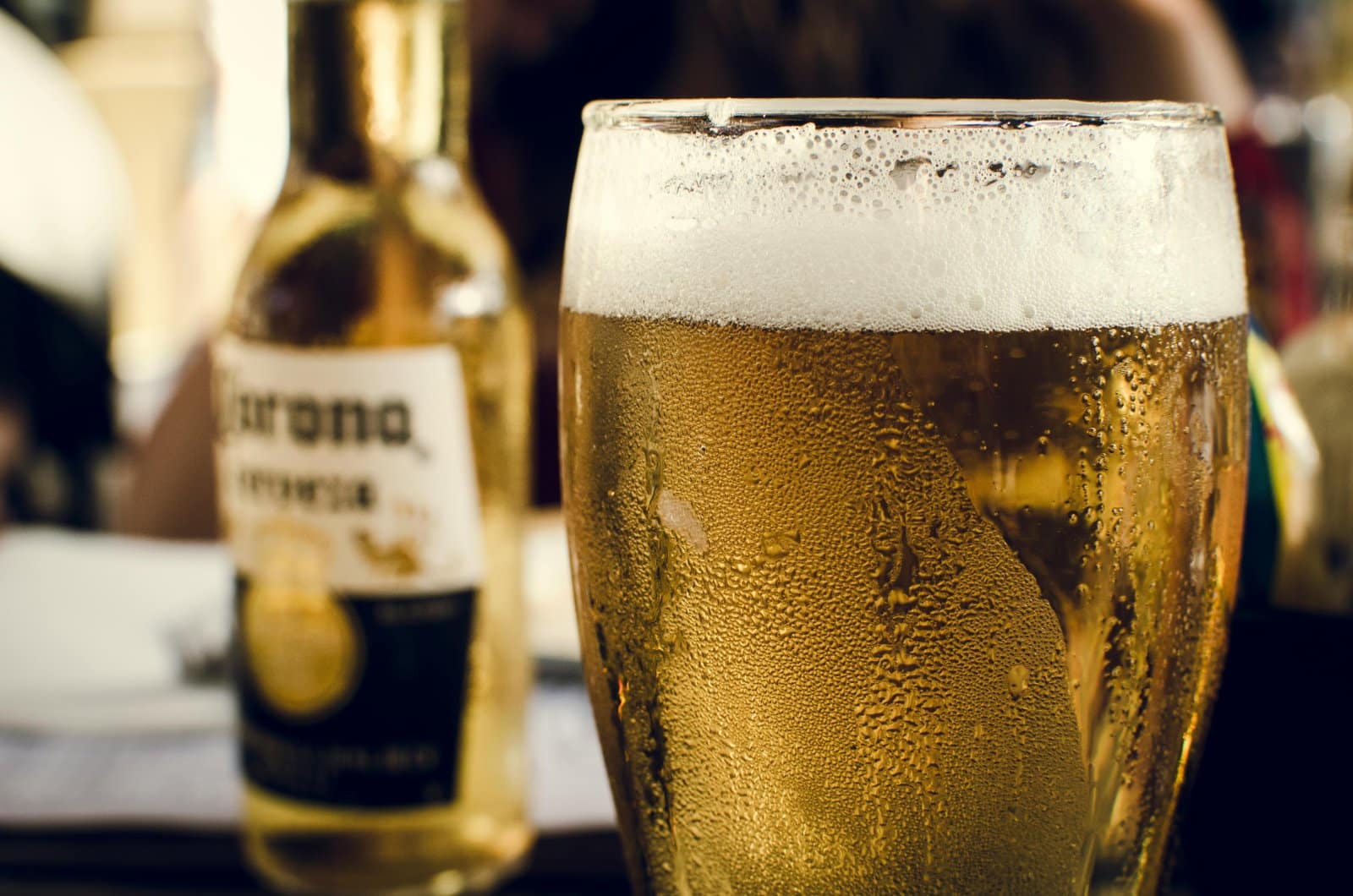
Studies have found microplastics in commercial beer, likely originating from the water used in the brewing process.
8. Table Salt
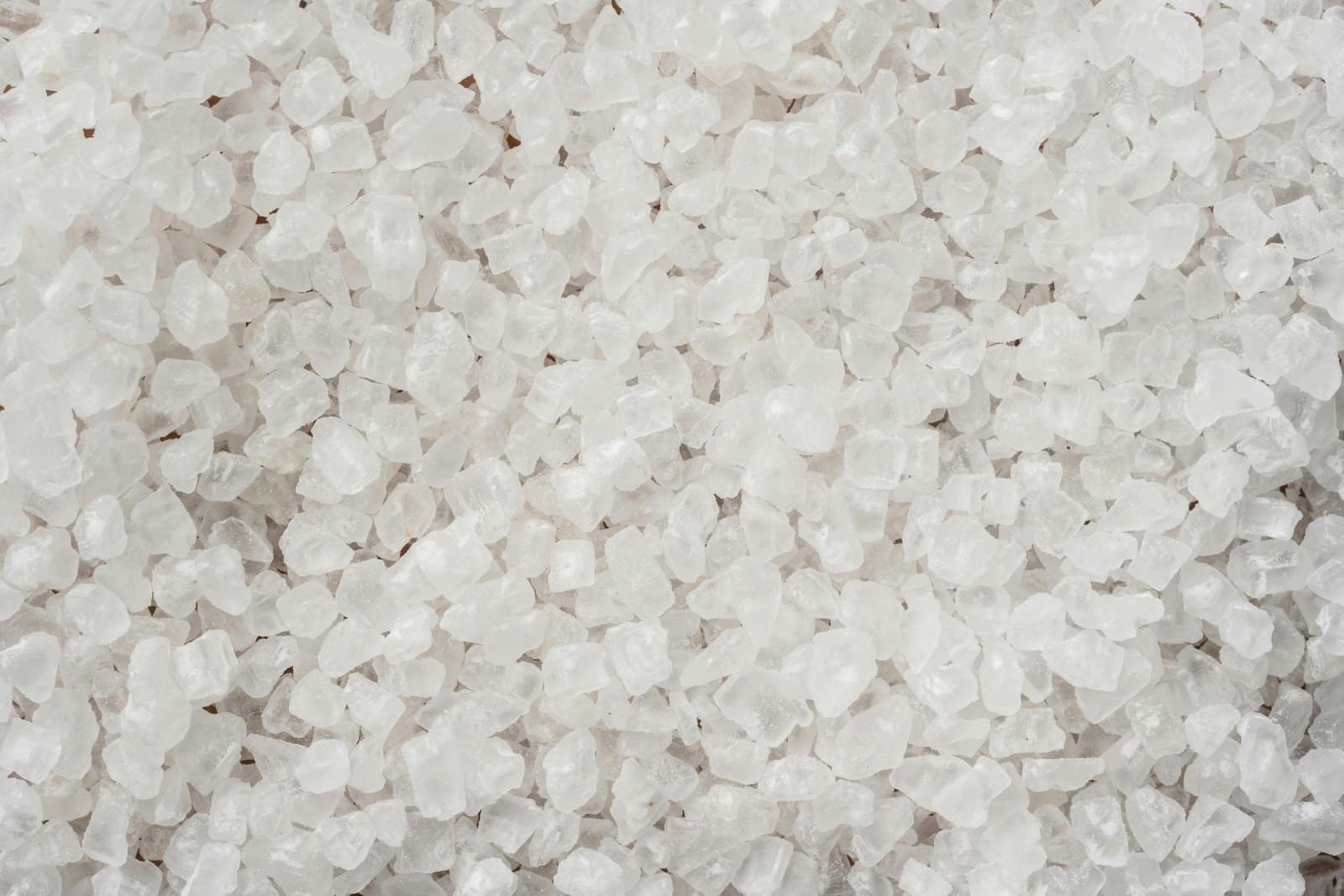
Sea salt is another everyday item that has been revealed to contain microplastics derived from ocean water used during its production.
9. Honey
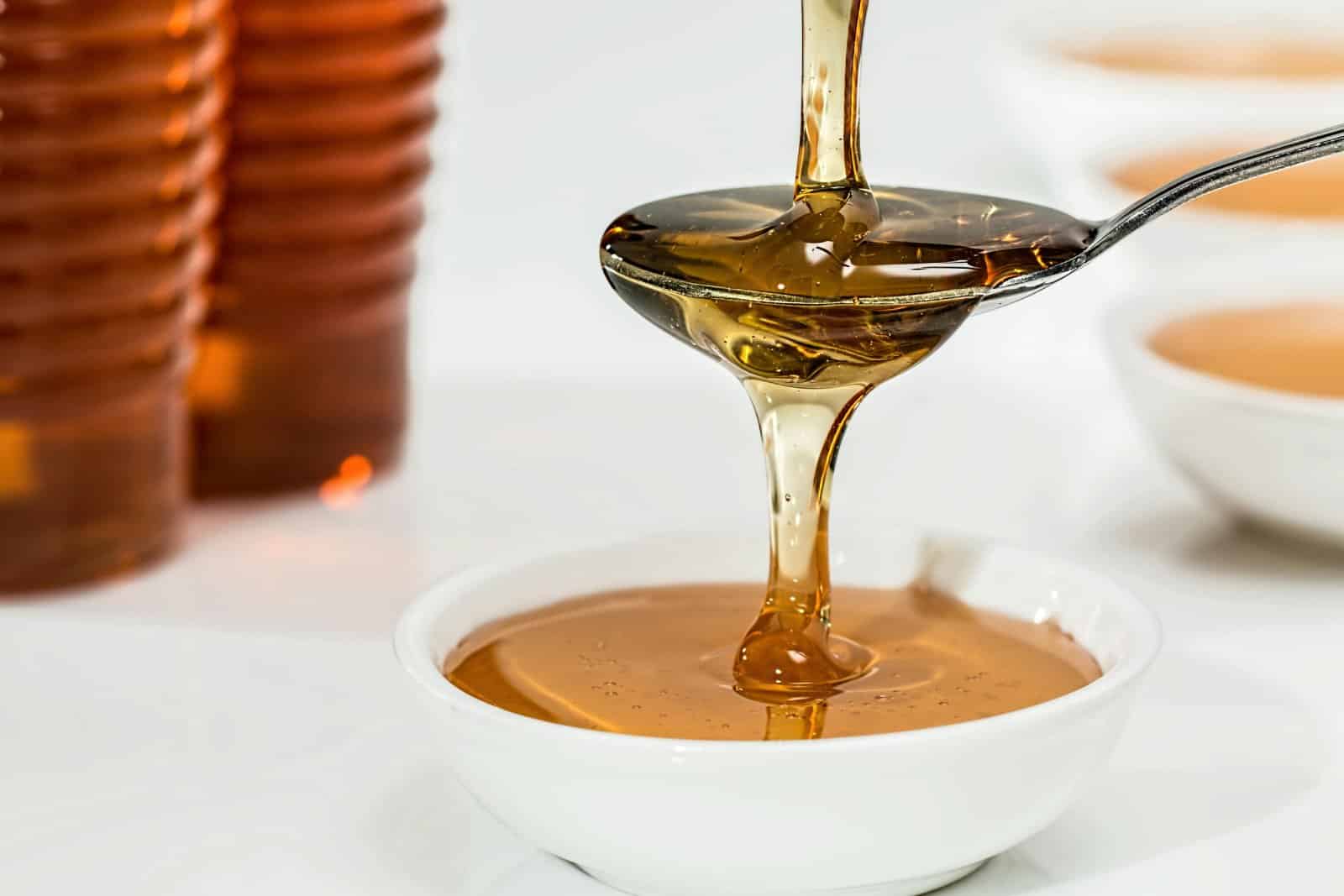
Even honey isn’t safe from contamination; microplastics have been found in honey samples from multiple continents, likely due to airborne particles settling on flowers.
10. The Atmosphere Above the Pyrenees Mountains
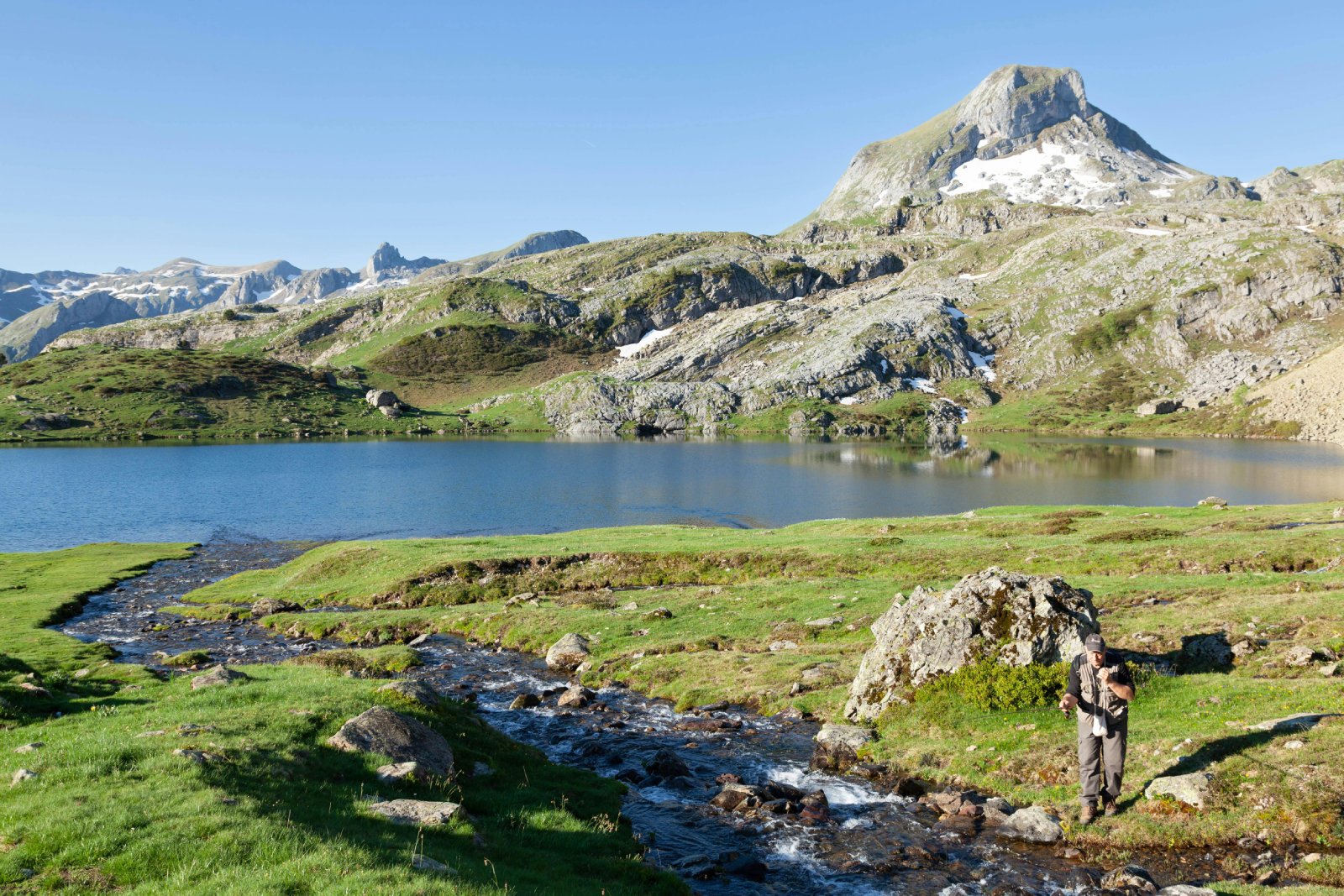
Research indicates that microplastics can be transported through the atmosphere and have been found in the air over the Pyrenees mountains in France.
11. The Yangtze River
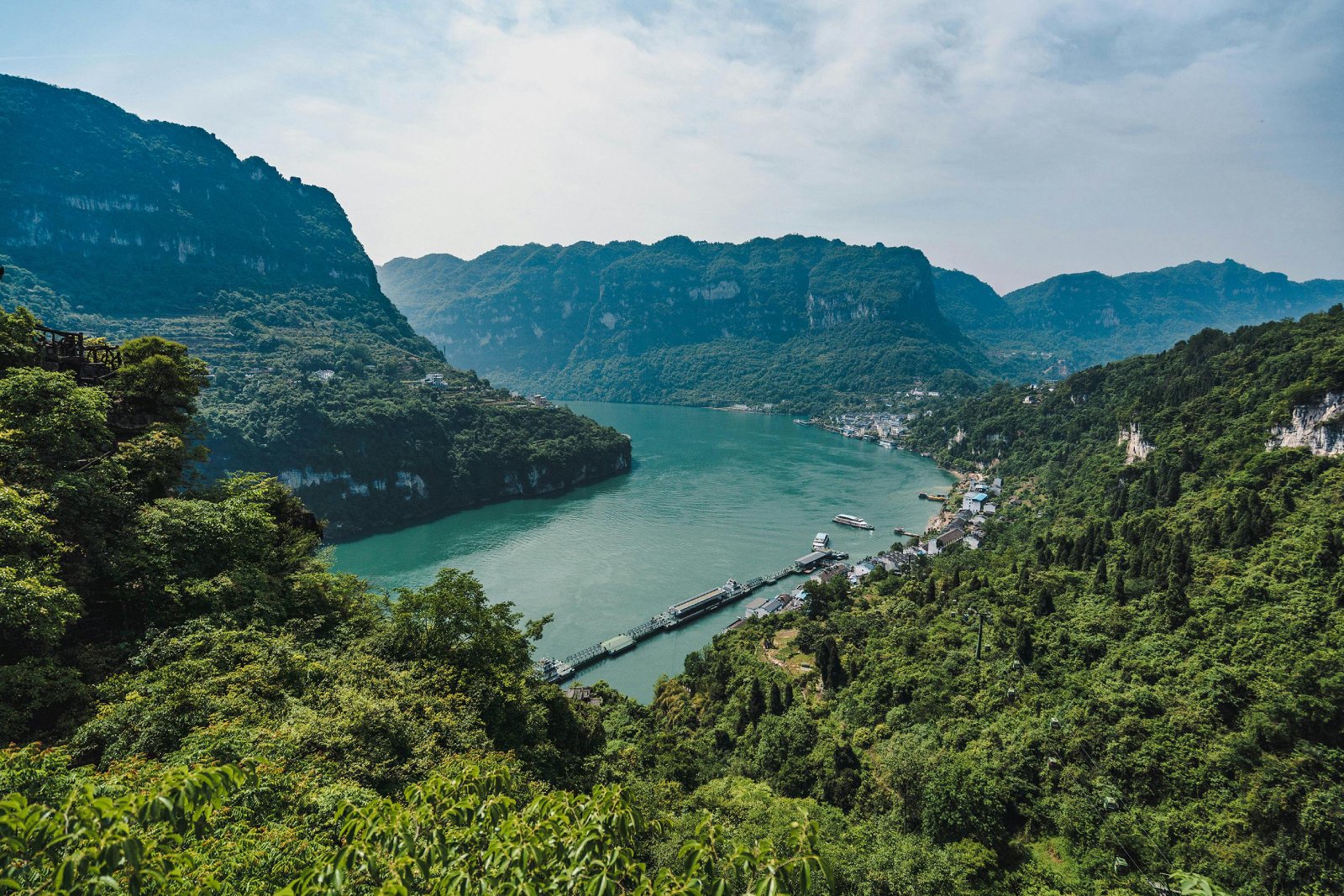
The Yangtze River in China carries a significant load of microplastics into the ocean, highlighting the role of rivers in transporting these pollutants.
12. Fruit and Vegetables
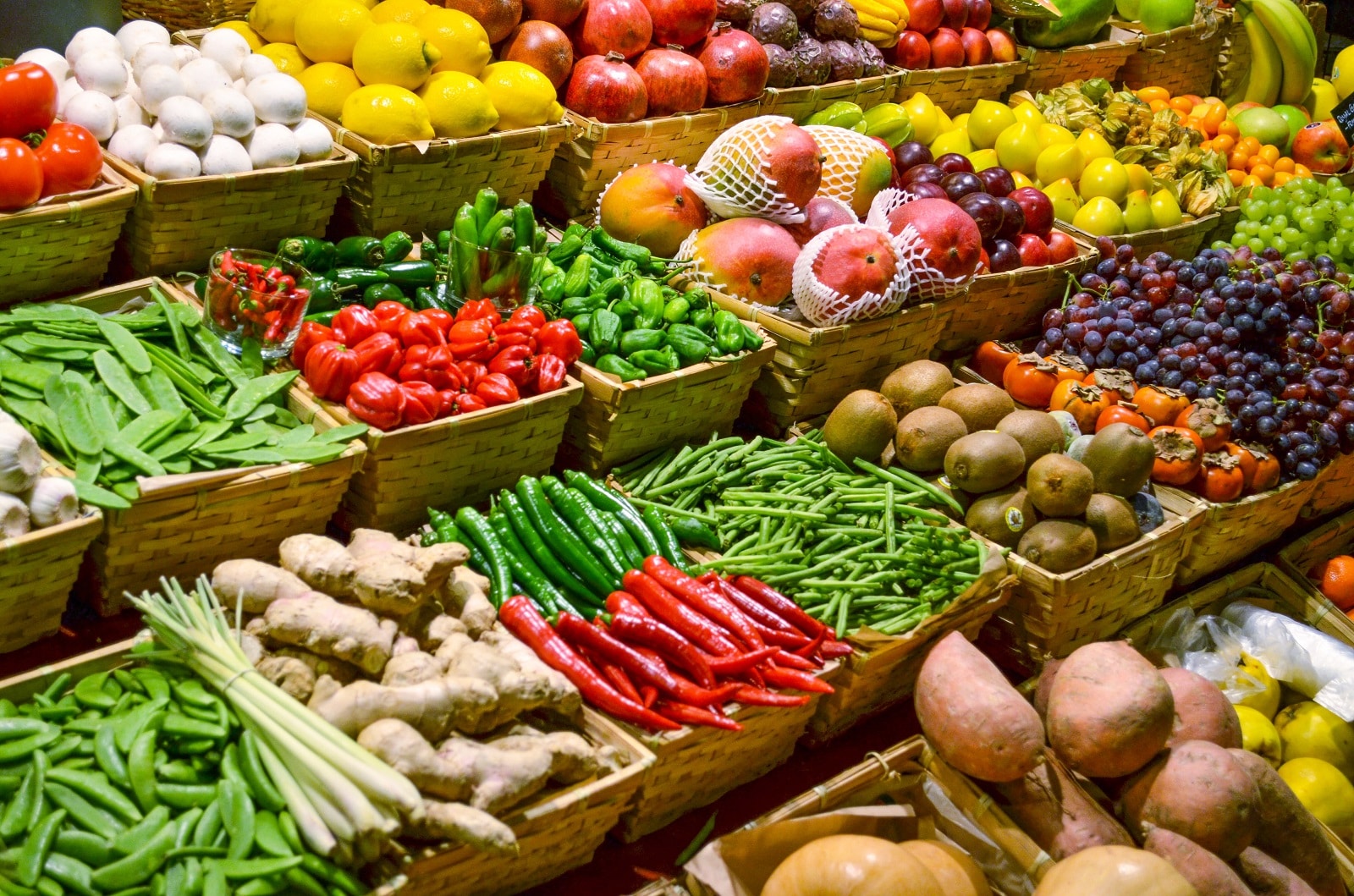
Studies suggest that fruits and vegetables can accumulate microplastics through the uptake of contaminated water used during irrigation.
13. Commercial Fish and Shellfish

Microplastics are commonly found in the stomachs of fish and shellfish, which poses significant implications for food safety and human health.
14. Tea Bags

Certain types of tea bags release billions of microplastic particles into the water when steeped, largely due to the materials used in their manufacture.
15. Wildlife Guano

Research on islands has shown that even wildlife guano contains microplastics, likely ingested by animals feeding at sea.
16. Laundry Machines
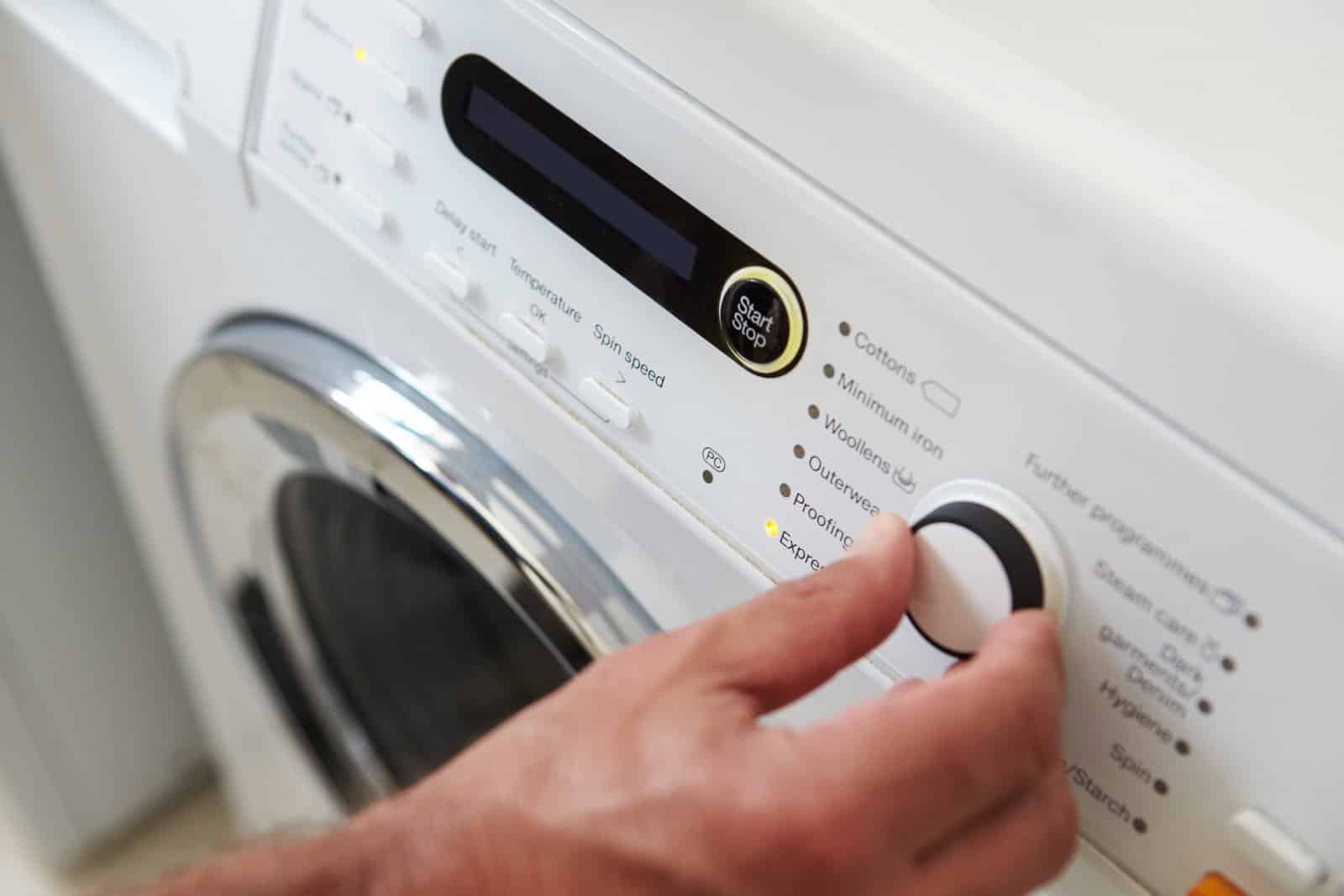
Home laundry machines have been identified as major sources of microplastic pollution, as they release fibres from synthetic clothing into wastewater.
17. Human Placentas

In a groundbreaking and disturbing find, scientists have detected microplastic particles in human placentas, suggesting potential risks to fetal health.
Stopping the Spread

These findings highlight microplastic pollution’s ubiquitous and pervasive nature, underscoring the need for global policies to manage and mitigate its spread. The push for solutions and alternatives becomes increasingly urgent as the impact on wildlife and human health becomes more evident.
The post 17 Places Microplastics Are Hiding in Plain Sight first appeared on Lists Lovers.
Featured Image Credit: Shutterstock / SIVStockStudio.
For transparency, this content was partly developed with AI assistance and carefully curated by an experienced editor to be informative and ensure accuracy.

